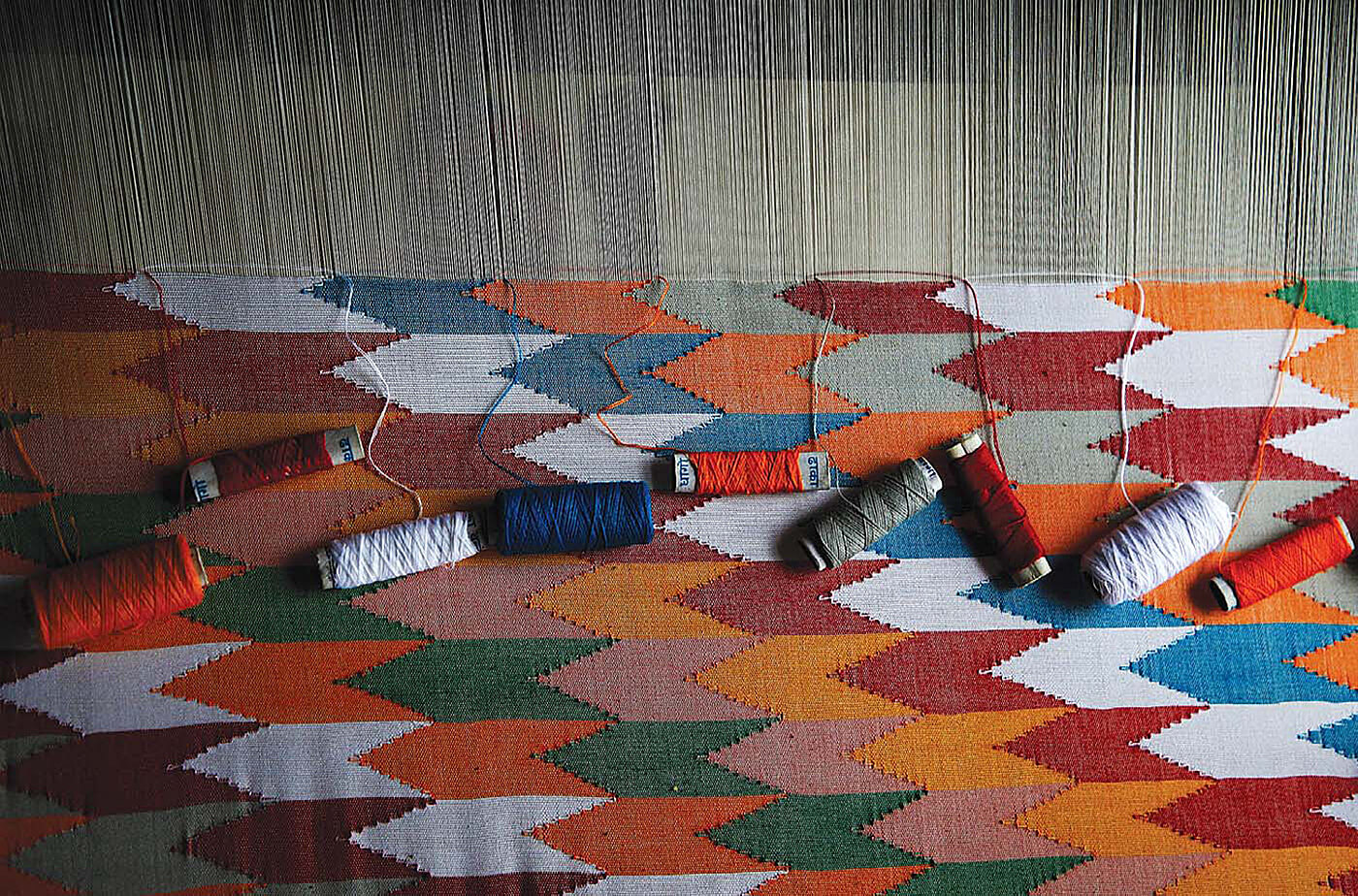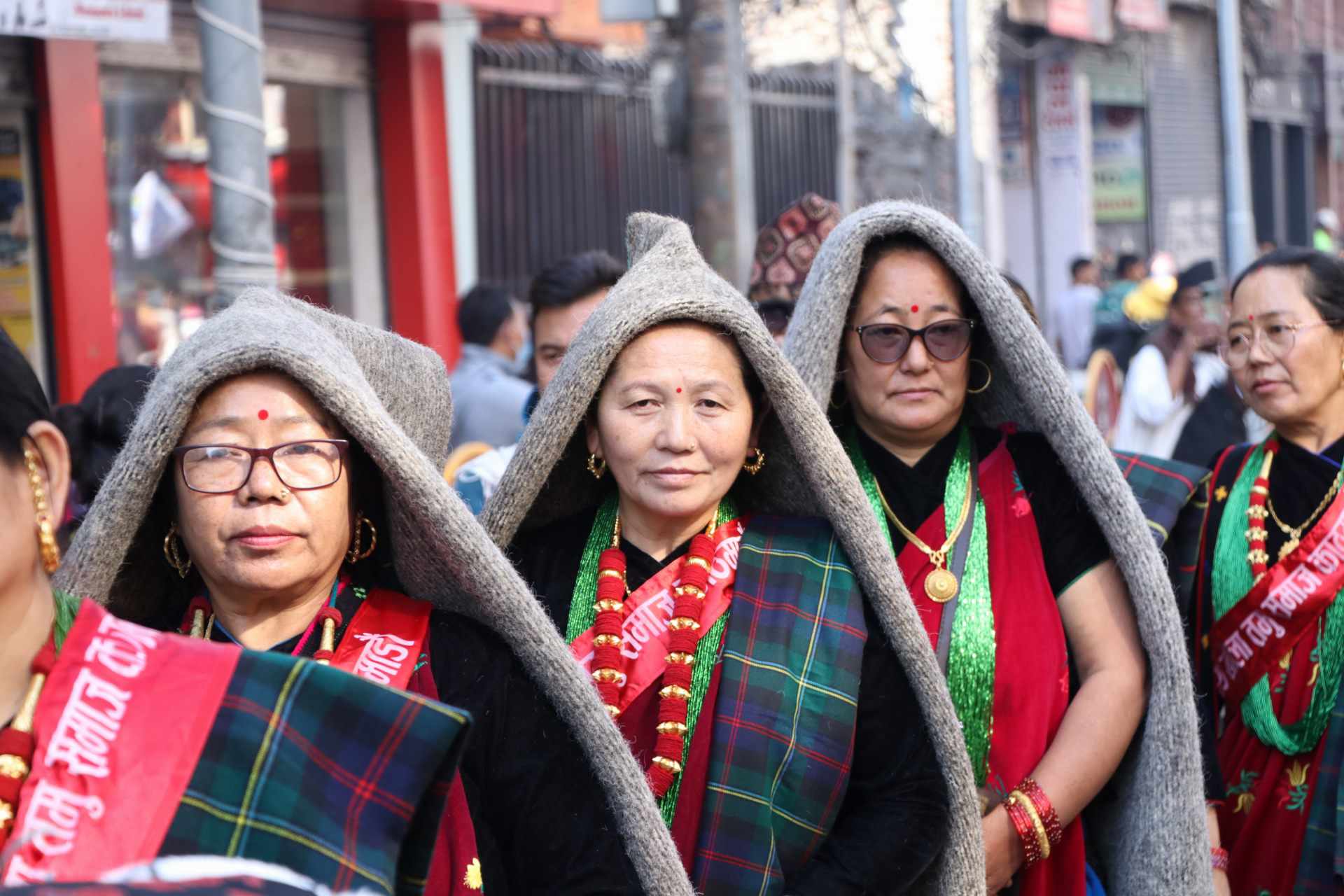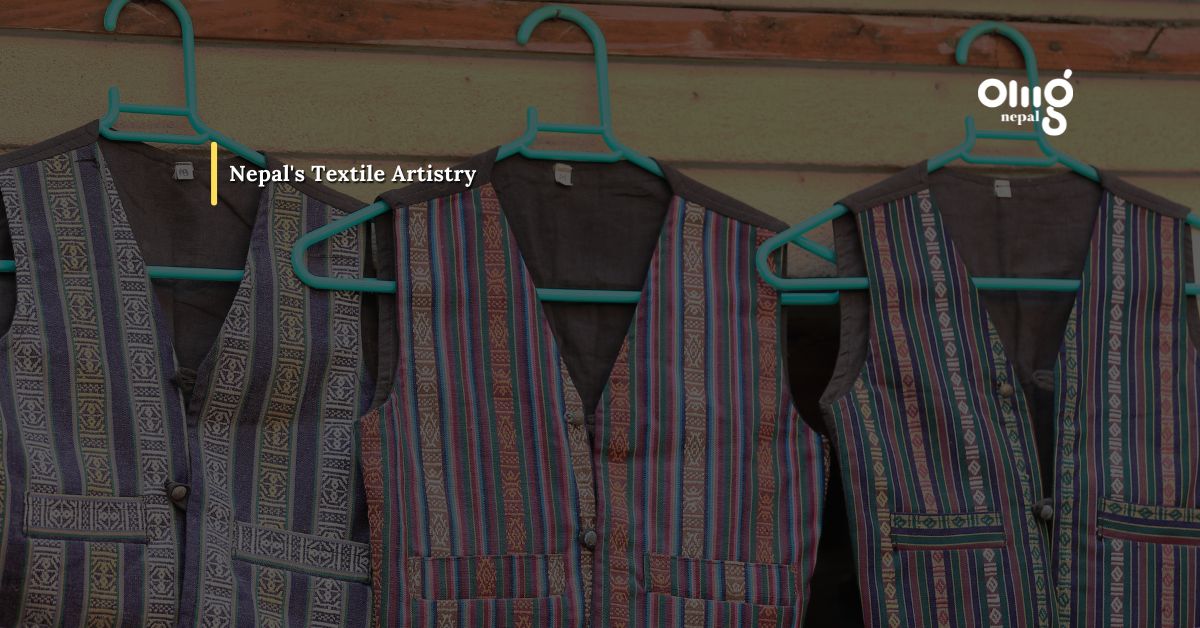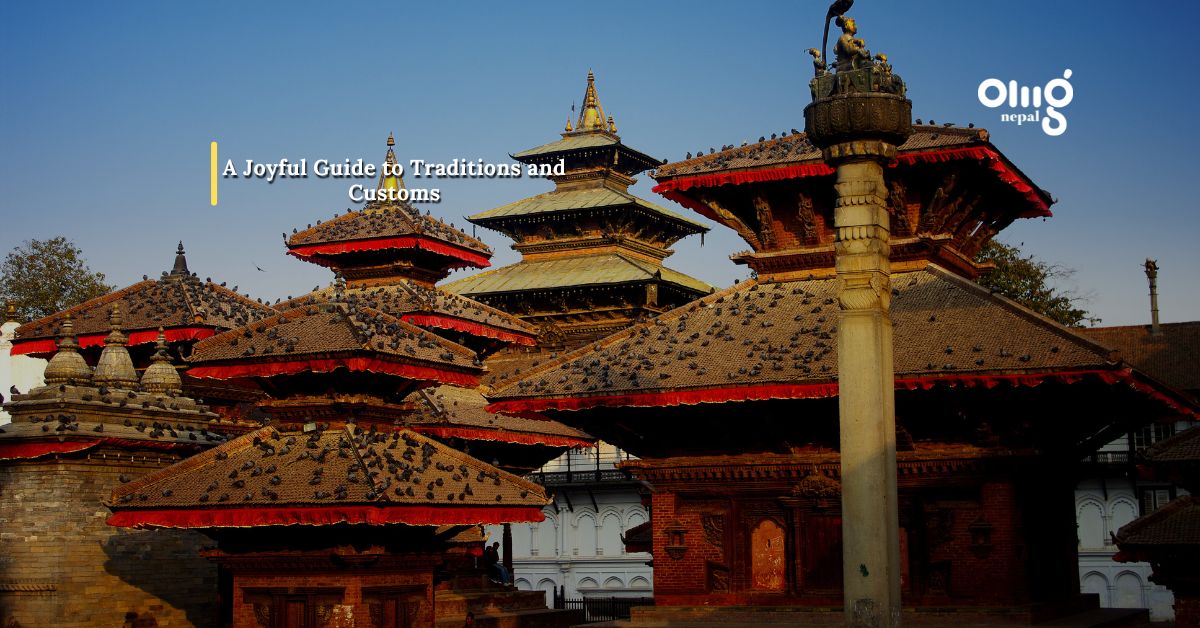Nepal is a country with a rich and diverse cultural heritage, and its textile industry is no exception. From the intricate weaving techniques of its traditional fabrics to the innovative designs of its modern textiles, Nepal has a lot to offer in terms of textile artistry.

One of the most well-known traditional Nepalese textiles is Dhaka, a hand-woven fabric made from the fibers of the nettle plant. This fabric is unique to Nepal and is used to make traditional clothing such as the Daura Suruwal, the national dress of Nepal. The production of Dhaka involves a labor-intensive process of hand spinning, dyeing, and weaving, with each step being done by skilled artisans.
Another traditional Nepalese textile is Bhotan Silk, which is produced in the Himalayan region of Nepal. This silk is known for its natural golden color and is used to make high-quality clothing such as shawls, scarves, and traditional Nepalese dresses. The production of Bhotan Silk is also a labor-intensive process, with the silk worms being raised in a natural environment and the silk being hand-spun and woven.

In recent years, the Nepalese textile industry has also started to incorporate modern techniques and designs. One example of this is the use of digital printing to create intricate and colorful designs on fabrics. This has allowed Nepalese textile manufacturers to produce high-quality fabrics that can compete with those produced in other countries.
Are you looking for high-quality textiles that are not only beautiful but also sustainable and ethically produced? Look no further than Nepal! Our textile industry is committed to using eco-friendly materials and production methods that are gentle on the environment. We also prioritize fair labor practices, ensuring that our workers are paid fair wages and work in safe and healthy conditions. By choosing Nepalese textiles, you’re not only getting a stunning fabric, but you’re also supporting a positive and sustainable industry that benefits the people and the planet. Make the right choice and choose Nepal today!

